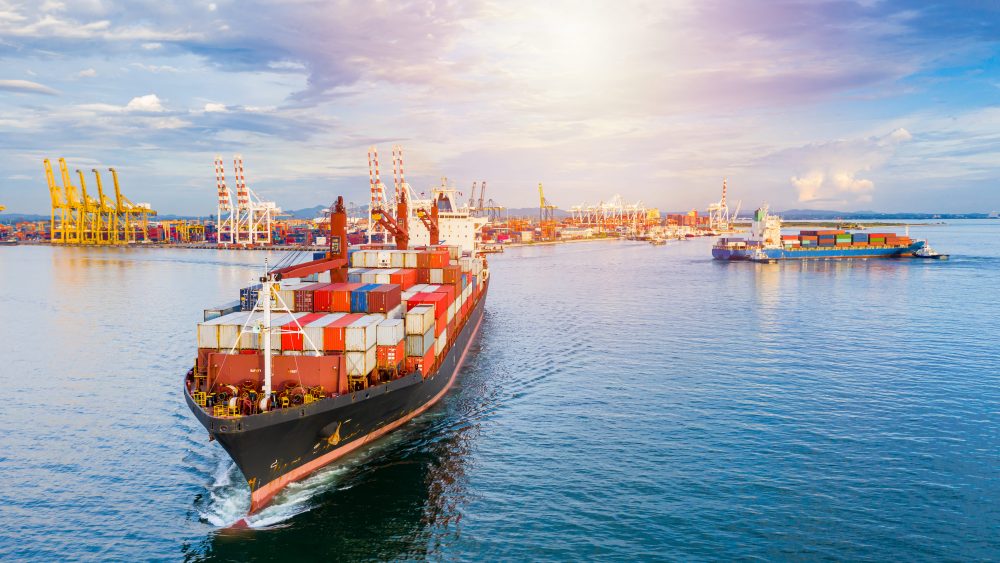Port manoeuvres are the most delicate moment for any sailor. We are talking about routine processes, but this does not mean that they are free from risk, especially under extreme wind or wave conditions.
To reduce accidents while manoeuvring under unfavourable weather conditions, we must follow some basic advice:
- Plan the manoeuvre, assessing the operation’s risks.
- Clearly establish leadership over the operation and guarantee good communication with the crew.
- Moor as quickly as possible to reduce risks of exposure to hostile weather.
Mooring a boat with extreme wind
Wind is one of the climate factors with the greatest impact on the berthing operation, since it causes unexpected changes in course. This must be offset and included in the captain and pilot’s calculations.
Each situation must always be assessed considering certain variables, such as the type of vessel and available space, but in general, there are certain guidelines to manoeuvre under cross-wind conditions, such as prow berthing, since poop mooring is better for calm seas.
Cross wind is the most dangerous when entering a port since the side pressure and lead the vessel to drift. In this situation, the boat must be prepared, staff well-instructed, and fenders, ropes, and mooring lines in top condition for a fast and safe manoeuvre.
One piece of advice for mooring is to place the vessel’s poop windward and move forward in reverse, against the wind. This helps to control the vessel while approaching the mooring post.
Other weather conditions that make berthing difficult
There are other environmental variables that can make manoeuvring at port dangerous:
- Waves: This affects the speed, course, stability, and flotation of a vessel. This may require precautions like stowing the load, placing weight as low as possible, closing openings, and avoiding crossing waves to keep from yawing.
- Tides and currents: They affect the vessel’s movement and may excessively tense the berthing lines. Special attention must be paid to back-up areas and the vessel’s movement.
- Fog: Fog reduces visibility, so it is essential to previously ensure effective communication amongst everyone involved in the manoeuvre.
Weather monitoring for safe berthing
Reducing the risk of manoeuvres with wind, tide, or currents must be a priority, especially on a stage where climate conditions are increasingly erratic and difficult to forecast.
Fortunately, today we have berthing aid systems like Prosertek’s BAS. The Dockmoor-ER module provides information on environmental variables to facilitate faster and safer manoeuvring. The module provides real-time readings like wind speed and direction, current speed and direction, the height and frequency of waves, the tide, precipitation, visibility conditions, and more.
Ports like Bilbao, Dunkirk, Cartagena, and Algeciras, in addition to many others, are already working with Prosertek’s BAS Dockmoor-ER, which allows them to assist in berthing manoeuvres by monitoring environmental conditions.



Comments are closed.